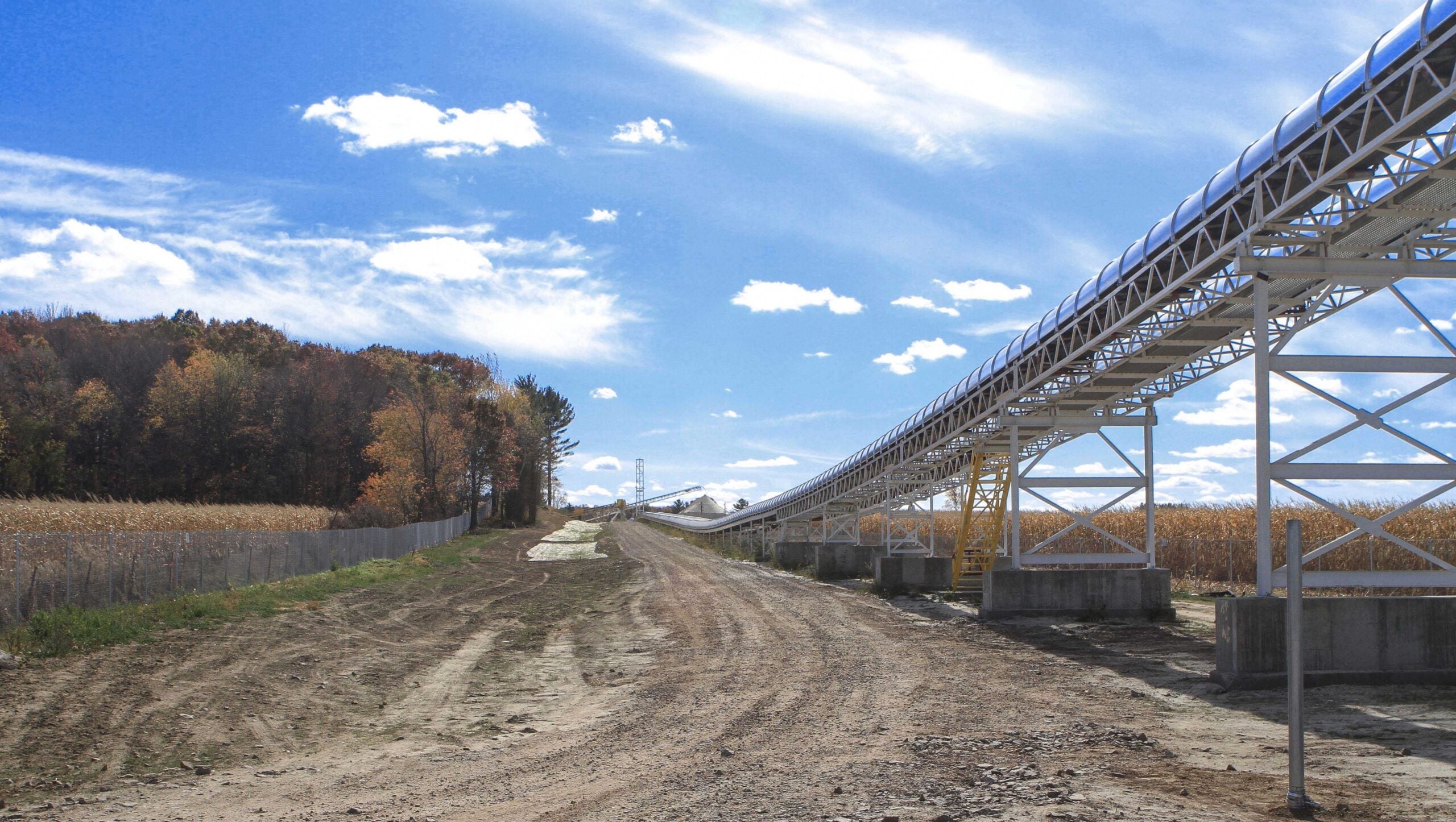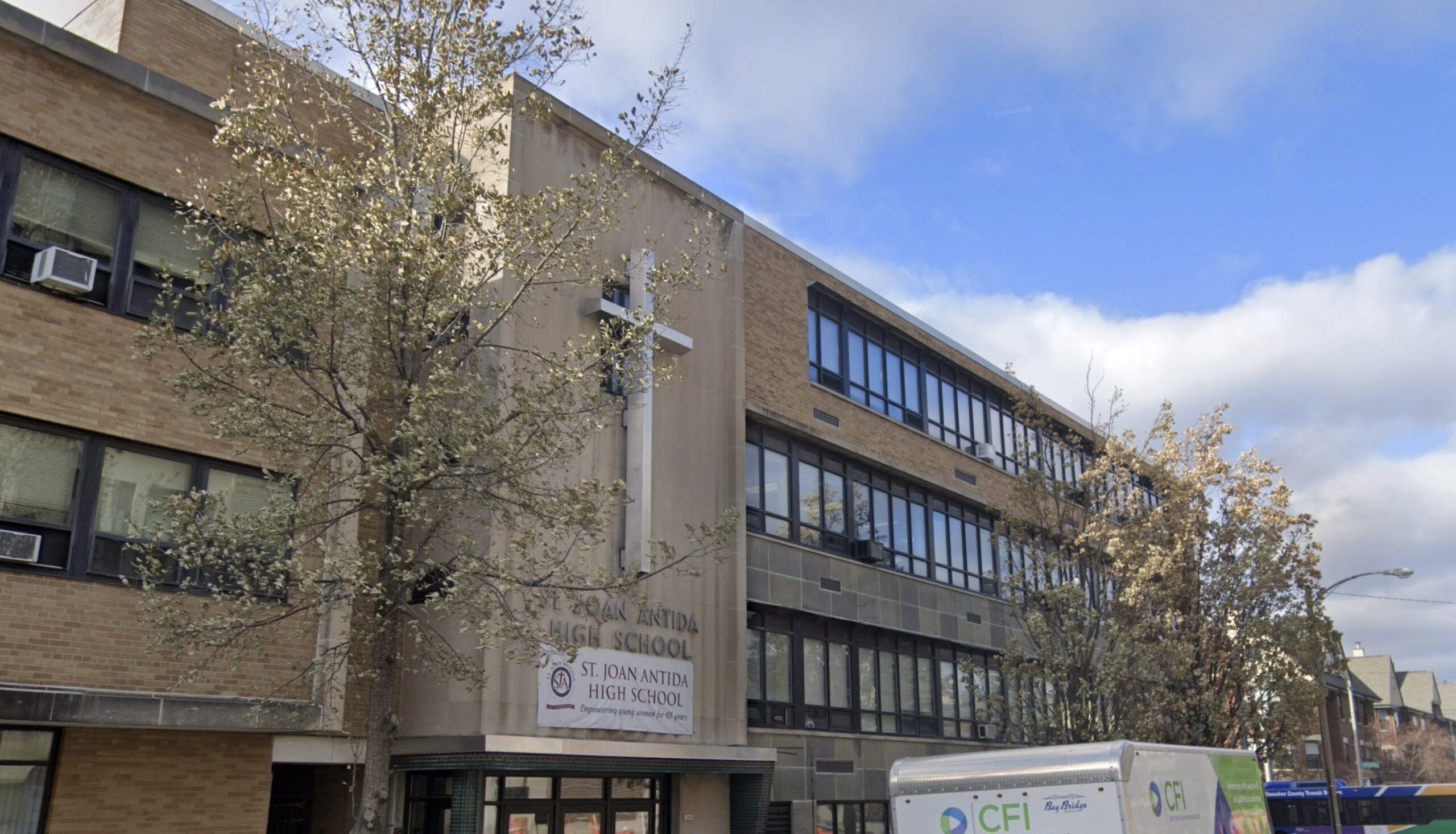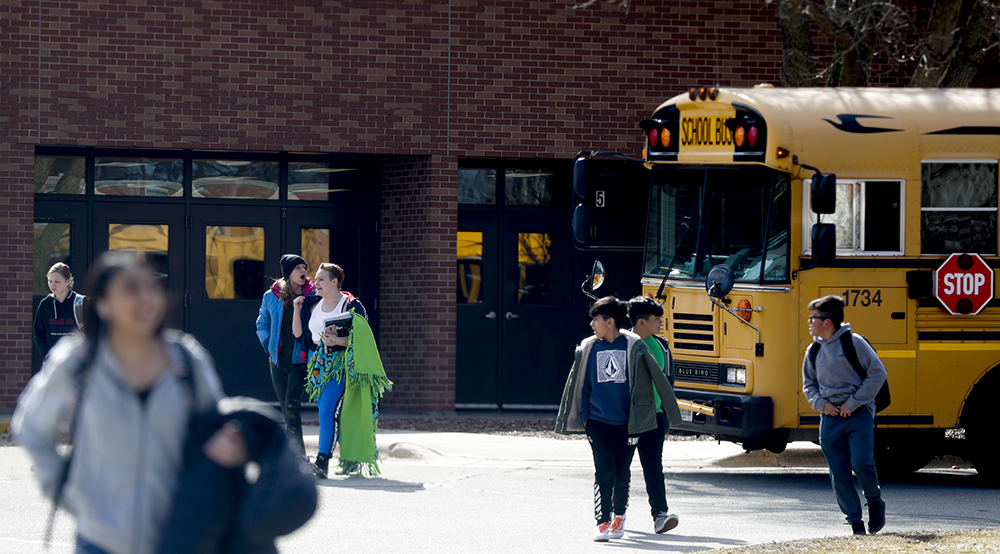Frac sand operations are causing nearby school districts to receive less state aid due to their impact on property values.
Two main factors dictate the state aid a school district gets: enrollment and property values. If a district has high property values, the state sends less money. Frac sand processing plants, which can be worth tens of millions of dollars, can have a big impact on assessed property values.
The Blair-Taylor School District’s property assessment is estimated to go up around $31 million. Superintendent Dennis Dervetski says he was surprised until he found out why. “I contacted the Department of Revenue and talked to them personally about, why the large spike,” he says. “And it is the sand mines.”
Stay informed on the latest news
Sign up for WPR’s email newsletter.
State aid to Dervetski’s district is being cut by $500,000, but that doesn’t necessarily mean the school tax levy will go up.
“It could balance on the other side of the equation too,” says Dervetski. “If the sand mines are paying more realty and property taxes, perhaps that could benefit the taxpayers of the district.”
In the nearby Arcadia School District, sand mines are boosting the assessed value too. But Superintendent Louie Ferguson is more worried about a frac sand industry bust, which he says would hurt property values.
“It could be a couple of tough years for the school district if that valuation dropped considerably,” says Ferguson.
School districts won’t know how frac sand plants will impact their finances until mid-October when they send enrollment figures to the state.
Correction: The radio version of this story that aired at 3:30 p.m. CST mentions the Blair School District. The district is actually the Blair-Taylor School District.
Wisconsin Public Radio, © Copyright 2024, Board of Regents of the University of Wisconsin System and Wisconsin Educational Communications Board.






